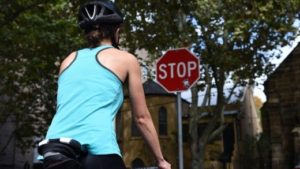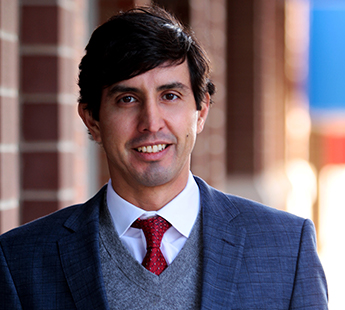How to Prepare For the Most Common Types of Bike Accidents in the City
Before October, 2016 the law in NC required that a vehicle passing a bicyclist must allow only two feet of clearance. The law was changed so that now a vehicle passing a bicyclist must allow at least four feet of clearance. If they are unable to do so, then it is illegal to pass until they are able to do so. A law that increases biker safety, now that’s smart!

With the increase in environmental awareness and how we can all reduce our carbon footprint, many people have opted to bicycle to work or just for leisure. This increase in cyclists also has accidents on the rise. In this article, we’re going to look at the most common types of bicycle accidents, and how you can safely prepare for a ride. So, what are the most common types of accidents?
- Accidents at stop signs. 9.7% of all intersection accidents occur at intersections where the cyclist has a stop sign and the motorist does not. 9.3% of all intersection accidents is when the cyclist has the right-of-way on a street without a stop sign and the approaching vehicle has a stop sign.
- The Left Cross” or a Car Turning Left. This accident occurs when the motorist and bicyclist approach an intersection from opposing directions. As they enter the intersection, the motorist turning left, collides with the cyclist. In this scenario, the motorist will in most cases be liable.
- “The Right Hook” or a Car Turning Right. Unlike “The Left Cross” collision, this accident occurs a number of different ways.
*The car passes a bike as both approach an intersection. The vehicle turns right at the intersection and cuts the cyclist off.
*The cyclist passes a slower vehicle on the right, and the vehicle makes a right turn into the cyclist.
*The motorist and cyclist are waiting at a light. The car turns right when the light changes, cutting off or perhaps hitting the cyclist.
With this better understanding of how accidents can occur, you’ll be better prepared in avoiding them. We’re going to take a more in depth look on how to avoid each one, and the liability associated with each.
1.Accidents at Stop Signs.
*Never ride against traffic. This happens in 60% of collisions and can lead to both the motorist and cyclist being at fault.
*Always make yourself visible to motorists by wearing bright colors or safety gear.
*Keep a proper lookout when approaching an intersection.
*Adjust your lane position to the left so you maximize visibility to motorists.
2.“The Left Cross” Accident.
*Adjust your speed accordingly so you can brake quickly if necessary.
*Do not attempt to cross the intersection by riding into the crosswalk from the sidewalk, which skews the motorist’s visibility of you.
3.“The Right Hook” Accident.
*Consider using a mirror and checking it to be constantly vigilant of oncoming motorists.
*Avoid being in a car’s blind spot while approaching from behind or while waiting at a traffic light.
*Never pass a car on the right in driveways or intersections. Be sure to either slow down or match the car’s pace.
The more you know about bike safety, the better. Always ensure you are prepared and in a proper state of mind when riding your bicycle on busy roads. Remember to share the road with all motorists, other cyclists, and pedestrians. Now that you have more information on how you can remain vigilant, the safer you’ll be. Proper safety gear and knowledge of the route you’re taking will also lower your probability of being involved in a cyclist on motorist accident.
If you have any questions, or you’ve been involved in a collision, please contact the law firm of Glenn, Mills, Fisher & Mahoney, P.A the top personal injury attorney in Durham.


